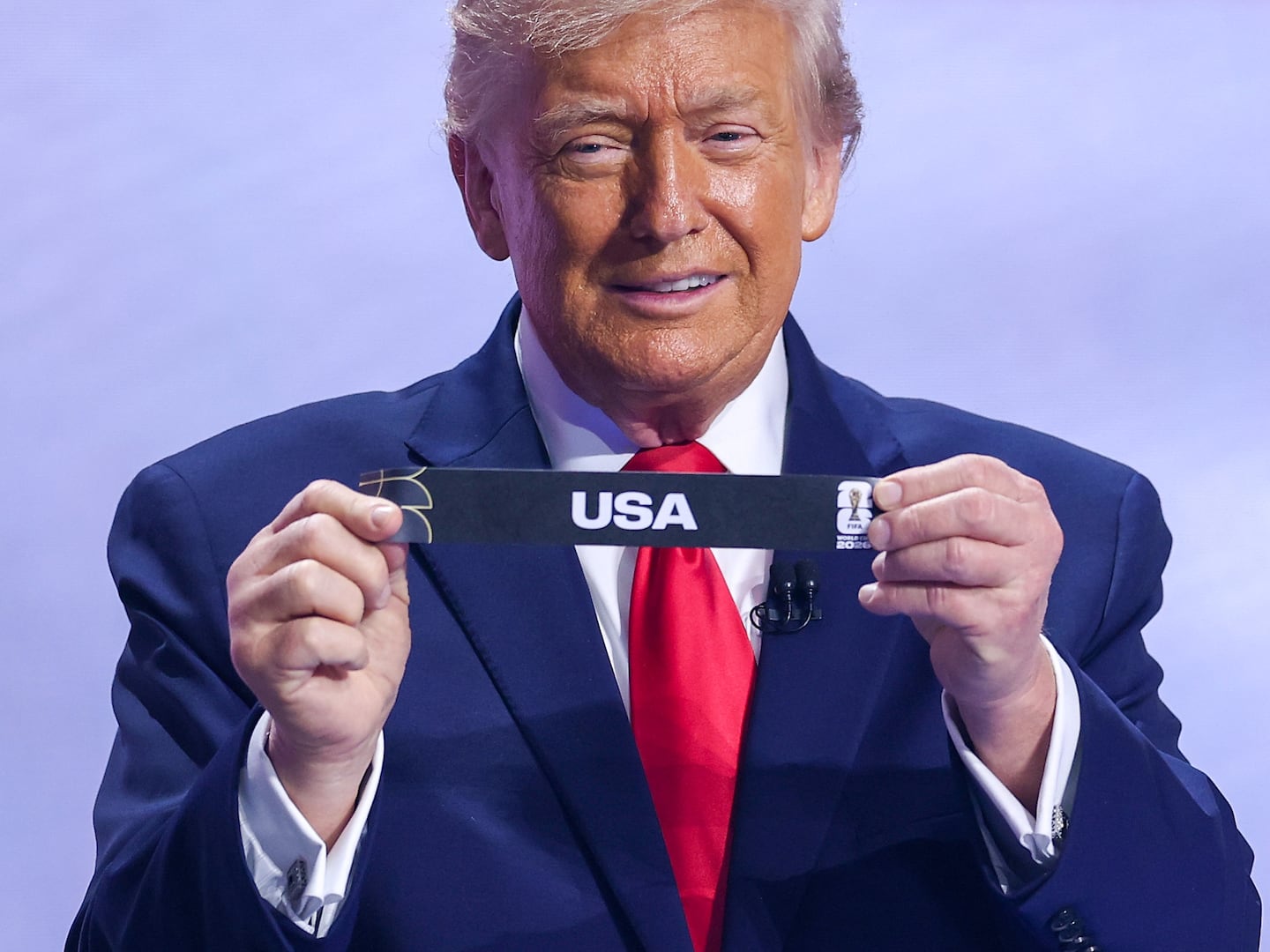
On September 15, for only the second known time in American history, a death-row inmate exited from an execution chamber alive. Prisoner 187 343, a convicted murderer and rapist named Romell Broom, had his sentence temporarily reprieved by Ohio Governor Ted Strickland, but only after enduring what Fordham Law Professor Deborah Denno, a death-penalty historian, calls “the worst botched execution that has happened in the history of this country.” Over two-and-a-half hours, executioners jabbed Broom with a needle 18 times, trying to establish an IV while he cried. At one point, Broom screamed as a nurse inserted a needle into the bone in his ankle; at another juncture, Broom helped to tie his own arm. Unable to establish access to a vein, officials offered Broom coffee and a cigarette while his arms bruised and swelled. Half an hour later, his execution was postponed.
It was not Ohio’s first trouble with lethal injection. In May 2006, Joseph Clark lifted his head during an 86-minute execution to cry, “It don’t work.” A year later, in 2007, Christopher Newton’s execution took so long that he was permitted a bathroom break in the middle of the ordeal. When Newton eventually died, witnesses said his hands and forehead turned blue—a sign that he died from suffocation induced by the second of the three drugs instead of cardiac arrest from the third drug, as he was supposed to. In all three cases, the executions were administered by EMTs—professionals who lack the experience doctors have in hooking up IVs. Broom’s case is headed to court—his execution, originally rescheduled for one week later, is now on hold—and Ohio has begun delaying others in its wake; the fourth postponement since the Broom episode was announced Monday. In this climate, death-row activists and lawyers are hoping to draw attention to the undertrained staff tasked with carrying out inmates’ sentences. Undoubtedly, Broom and dozens of other death-row inmates across the country would suffer less if doctors aided in their executions. Does that mean they should?
“I’m sure I could have gotten an IV into Broom, Clark, or Newton,” says Jonathan Groner, professor of clinical surgery at the Ohio State College of Medicine. “That’s not particularly special. Vascular access is what we do for a living.” Groner, however, refuses to participate in executions; as a doctor, he is morally opposed. The American Medical Association claims that physician participation in executions “violates their oath to protect lives and erodes public confidence in the medical profession;” the group prohibits its members from even “consulting with … lethal-injection personnel.”
Groner calls the problem the Hippocratic Paradox. “The problem with lethal injection is that if medically underqualified people do it, it’s immoral because of the risk of torture,” he says, “and if medically well-qualified people do it, it causes doctors to violate their ethics”—an outcome Groner says could damage the entire medical profession by putting doctors at the service of the state, instead of the individual.
The Supreme Court cited the AMA’s opposition in its 2008 ruling upholding lethal injection’s constitutionality, arguing that a requirement for physician participation would lead to a de facto moratorium on executions. Their ruling ignored the fact that, contrary to popular belief, not only can doctors participate in executions, but that some already do participate in executions. The AMA’s ethical guidelines are not legally binding, and only about 20 percent of doctors are members. State medical boards can punish doctors who participate, but to this day, no doctor has ever lost his license for taking part in a lethal injection. (If the AMA found one of its members to be participating in lethal injections, that member would face revocation of his membership and could be referred to his state’s medical licensing board or another legal authority.)
The extent and nature of doctor participation is unclear in part because of the lengths states go to in order to protect their execution protocols. Only two states—Illinois and Kentucky—prohibit doctors from taking part in executions, while 15 actually require it. A 2001 survey of physicians found that 41 percent were willing to perform at least one of the AMA’s eight discouraged lethal-injection actions. Twenty-five percent were willing to perform at least five, and 19 percent were willing to administer the lethal drugs.
These willing executioners are not necessarily wannabe Mengeles. In 2006, Atul Gawande tracked down four physicians who had assisted in executions. One doctor originally signed up for cardiac monitoring, but soon found himself inserting IVs when the technicians were unable to do so. Another doctor, Carlo Musso of Georgia, described his participation thusly, “The way I saw it, this is an end-of-life issue, just as with any other terminal disease. … When we have a patient who can no longer survive his illness, we as physicians must ensure he has comfort.”
Beyond the difficulties of intravenous insertion, the main risk of physical discomfort is in the actual administering of the injections, which come in three waves: The first drug renders the patient unconscious; the second paralyzes him, so as to prevent twitching or other movements that might upset the execution’s witnesses; and the third drug causes cardiac arrest. If the first drug fails to knock the inmate out and the second drug successfully paralyzes him, then he could be aware but helpless as the third drug—the incredibly painful potassium chloride—burns its way up his arm toward his heart.
This danger is not merely hypothetical. In 2006, a federal court found that six of California’s last eight executed inmates had not stopped breathing before the paralytic drug was injected, raising the possibility that they were aware but immobile during the injection of the potassium chloride. In 1995, in Missouri, executioners noticed that an inmate was still alive after all three drugs had been injected. Investigating, they found that the arm strap was tied too tightly, blocking the drugs from traveling up his arm. After the arm band was loosened, all three drugs hit him at once, likely causing great pain.
“What I would want a doctor doing if I was laying on the table being executed is monitoring the level of anesthesia I’m getting throughout the execution and making sure I can’t feel anything that’s happening to me,” says Ty Alper, the associate director of the Death Penalty Clinic at the University of California, Berkeley. “That’s not happening in any state that I’m aware of. So you may have a doctor helping to mix the drug or helping to set the IV or overseeing the whole process, but you don’t have a doctor monitoring the anesthetic development or the maintenance of anesthesia throughout the execution. Instead you have someone like the warden conducting something like a consciousness check. … The warden goes in and shakes the inmates and that’s supposed to determine whether he’s under a sufficient level of anesthesia.”
“If we are going to have the death penalty, it should be as humane as possible,” says David Waisel, an anesthesiologist at Harvard Children’s Hospital who has written in favor of physician participation in executions. An inmate who requests physician assistance during execution should be given it, Waisel argues. “In this case,” he wrote in 2007, “a physician is not acting as a tool of the government; he is acting as a physician whose goals temporarily align with the goals of the government.”
Dr. Groner argues the best solution is one that does not require doctor involvement in the first place. “Why not go to a firing squad?” Groner suggests. “Prison guards are actually trained to shoot guns. They practice shooting guns. The problem is a lot of prison guards pretend they’re anesthesiologists.”
But the states are incredibly reluctant to change their protocols, whether it's switching to a less risky method of execution, like a single-drug formula (to say nothing of the firing squad), or adding a requirement for physician participation with the three-drug formula. States insist in court that the opposition of groups like the AMA would make physician participation practically impossible, despite the fact that doctors already are participating. Death-penalty abolitionists are similarly unwilling to argue on behalf of physician participation, because their opposition could be compromised if they acknowledge even the possibility of a "humane" execution.
Advocacy on behalf of a safer death penalty therefore falls to the lawyers who represent the death-row inmates themselves. “[T]hough willing to use any legal means to stop their clients’ executions, these lawyers nevertheless have an additional obligation to seek a humane execution for their clients should that become an inevitability,” Alper wrote in his extensive look at the role of physicians in lethal injections.
There seems to be some hope among these lawyers that the Broom case will lead to a revisiting of the issue. Broom's execution will presumably be tied up in court for some time. The only other time an inmate survived the death chamber, in 1946, he was finally executed a year later after a 5-to-4 Supreme Court decision. "I think it would go differently today," says Richard Dieter, executive director of the Death Penalty Information Center.
“It’s 2009,” says Denno, the lawyer and historian. “Lethal injection was first enacted in 1977. Since then, we’ve had botch after botch after botch. They’ve only gotten worse and worse. … It’s because of the setting and who’s doing it.”
Ben Crair is an associate editor at The Daily Beast.






